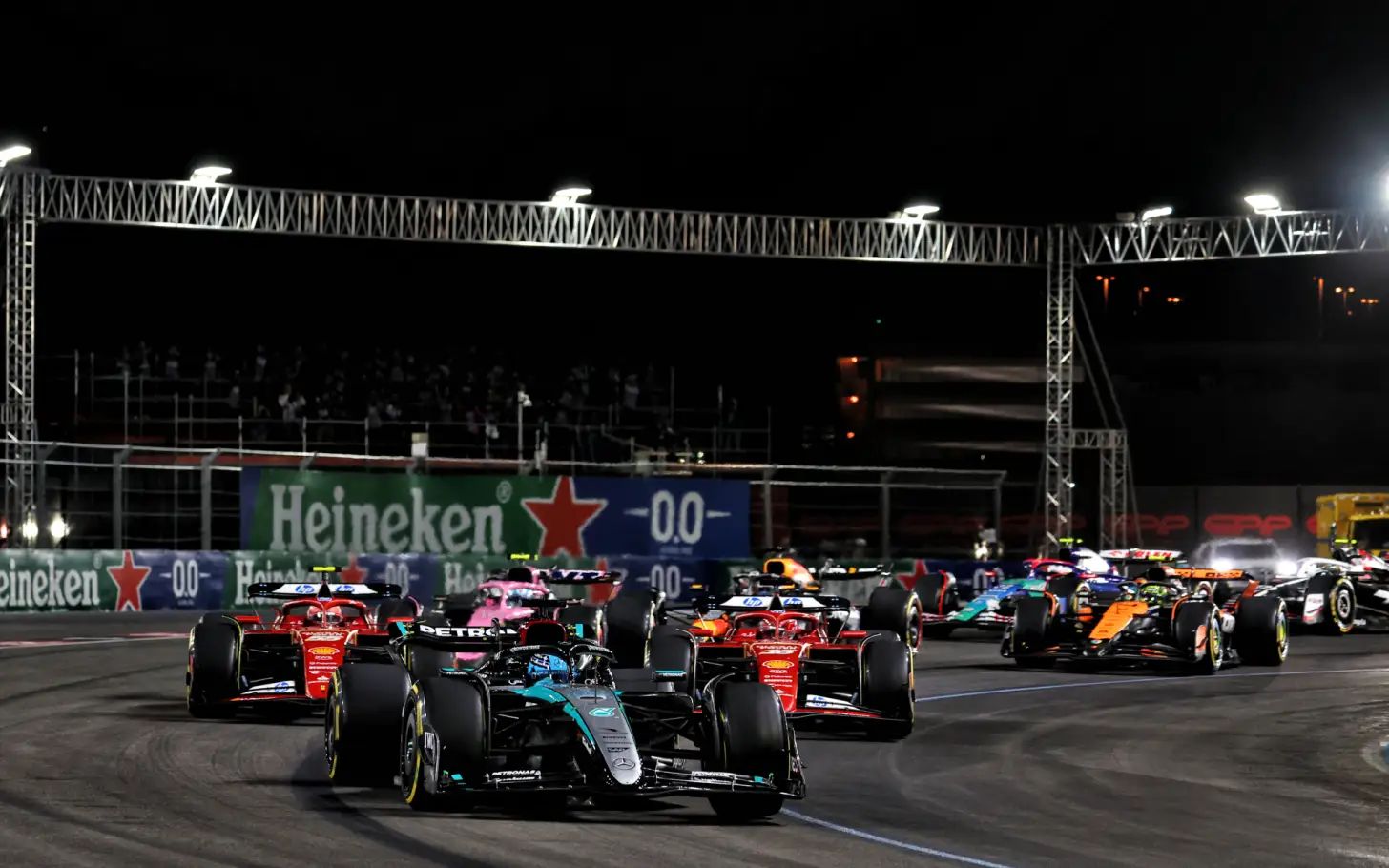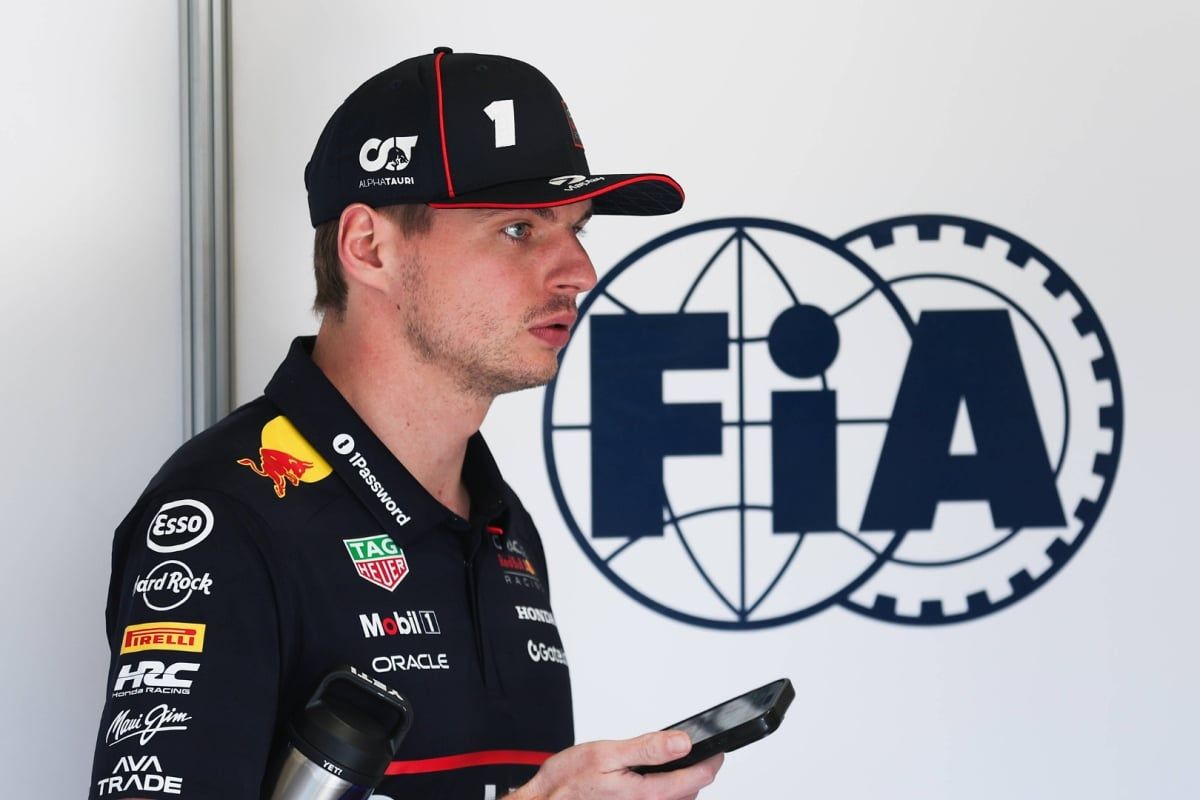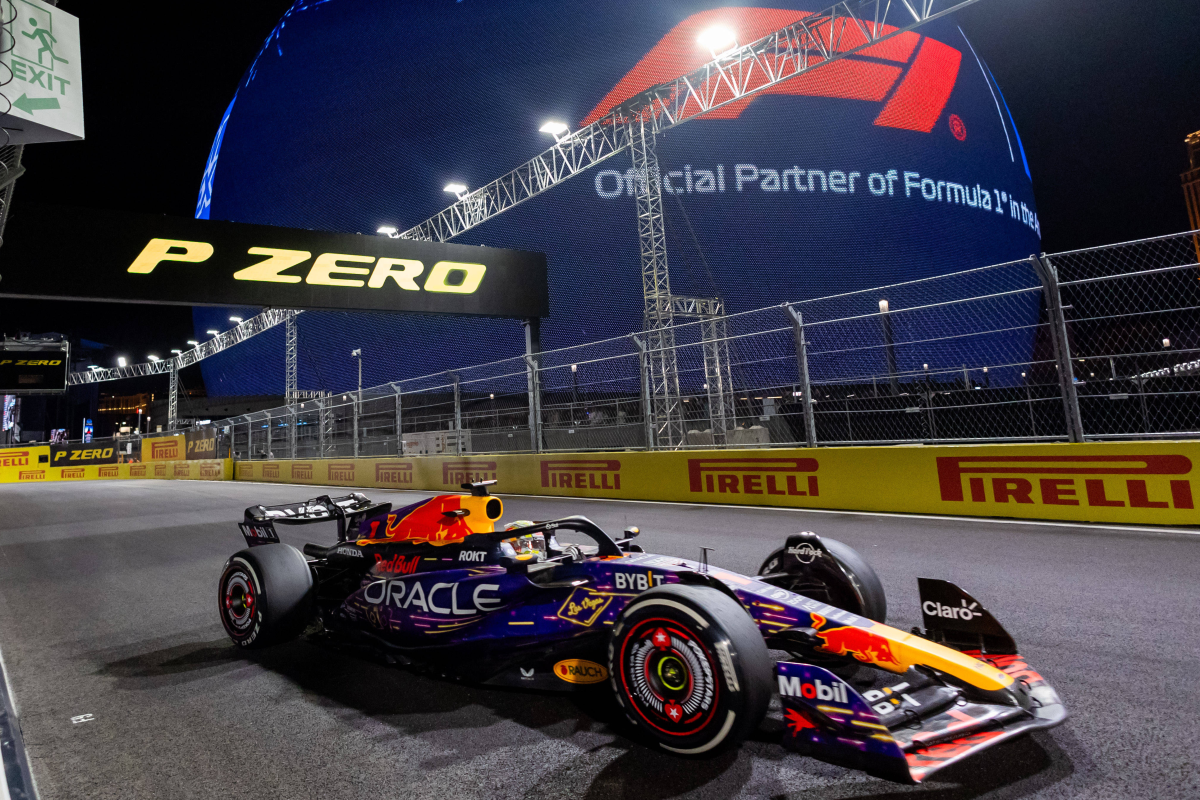FIA confirm Japanese GP change as Hamilton hit with official…read more
The FIA has confirmed a series of significant updates to the Suzuka International Circuit ahead of this weekend’s Japanese Grand Prix, marking the third round of the 2025 Formula 1 season. As McLaren looks to maintain their dominant lead in the constructors’ championship, these track modifications come as part of ongoing efforts to enhance safety and ensure a more challenging and exciting racing experience.
Suzuka, known for its unique layout and as one of the most iconic venues in the world of motorsport, has been part of the Formula 1 calendar since 1987, with a few notable interruptions. The race was temporarily relocated to Fiji for two years in the late 2000s due to scheduling conflicts, and again, there was a two-year gap due to the COVID-19 pandemic, which saw the race canceled in 2020 and 2021. Despite these breaks, Suzuka’s legacy in Formula 1 remains strong, and the venue continues to be a fan favorite.
The recent updates to the Suzuka track are detailed in an official document from the sport’s governing body, the FIA, which includes a mix of changes aimed at improving both the safety and the racing conditions. Among the most notable of these changes is the resurfacing of the track between Turns 1 and 8. This area, which is a critical part of the circuit, has been reworked to provide better grip and smoother driving conditions, reducing the chances of high-speed instability for drivers, particularly in wet weather.
Additionally, the gravel traps located around this section of the track have been slightly repositioned. These adjustments are designed to enhance the overall flow of the circuit while maintaining the safety benefits that gravel traps provide, allowing cars that run off the racing line to be slowed down more effectively. The FIA’s commitment to improving safety continues with these changes, ensuring that drivers can race at the limit while minimizing the risks of off-track excursions.
Another significant update is the addition of a new double kerb at Turn 9. This change will test drivers’ precision as they navigate the challenging corner, further intensifying the demands of this iconic circuit. The introduction of this kerb reflects the FIA’s ongoing efforts to make Suzuka a more technically demanding track, encouraging drivers to push their limits while also providing a more varied driving experience.
Furthermore, the FIA has made adjustments to the white and blue lines that mark the limits of the track. These lines have been realigned at the exits of several corners, including Turns 1, 2, 8, 9, 14, and 15. This revision aims to clarify the track limits for the drivers, ensuring they are aware of exactly where they can race and where they must avoid going off the circuit. It’s a move that aligns with a broader trend in Formula 1 to standardize track limits and avoid confusion during the races.
Safety has also been a major focus, with improvements made to the marshal posts around the circuit. These posts, which are crucial for managing the race and responding quickly in emergencies, have been protected by debris fences. This upgrade is intended to provide better protection for marshals, who work tirelessly to ensure the smooth running of the event, while also safeguarding them in the event of any accidents or incidents on track.
In addition to these track changes, the weather has already played a significant role in the build-up to the Japanese Grand Prix. On Friday, grass fires disrupted the two practice sessions, with the flames sparked by debris and the dry, windy conditions that had prevailed in the days leading up to the event. This caused a red flag during Saturday’s qualifying session as fire crews worked to contain the blaze. The fires, fueled by the dry grass in some areas of the circuit, highlighted the challenges posed by the hot, windy conditions, which made it difficult to keep the track fully safe during practice and qualifying.
These fires serve as a reminder of the unpredictable nature of motorsport, especially at a circuit like Suzuka, where high-speed racing meets natural elements like wind and heat. The FIA’s swift response to these challenges with new track changes, coupled with their focus on improving safety measures, underscores the importance of maintaining a secure environment for both the drivers and the teams.
As the Japanese Grand Prix weekend continues, attention will be on how these changes affect the racing on track. Suzuka is widely regarded as one of the most challenging circuits in Formula 1, with its combination of high-speed straights, technical corners, and elevation changes. The drivers’ skills will be tested like never before, as they take on a circuit that has been fine-tuned for both performance and safety.
For McLaren, who have enjoyed a strong start to the 2025 season, the updated Suzuka layout presents both a challenge and an opportunity. With the new changes potentially altering the racing dynamics, the team will need to adapt quickly if they are to continue their charge at the top of the constructors’ championship. Rival teams will also be looking to capitalize on any adjustments to the track, making this weekend’s Japanese Grand Prix a crucial event in the ongoing battle for supremacy in Formula 1.
The FIA’s ongoing commitment to improving the sport is clear, with these changes to the Suzuka International Circuit just the latest in a series of measures designed to make racing more competitive, thrilling, and safe. Fans are sure to witness another exciting chapter in the storied history of the Japanese Grand Prix.



